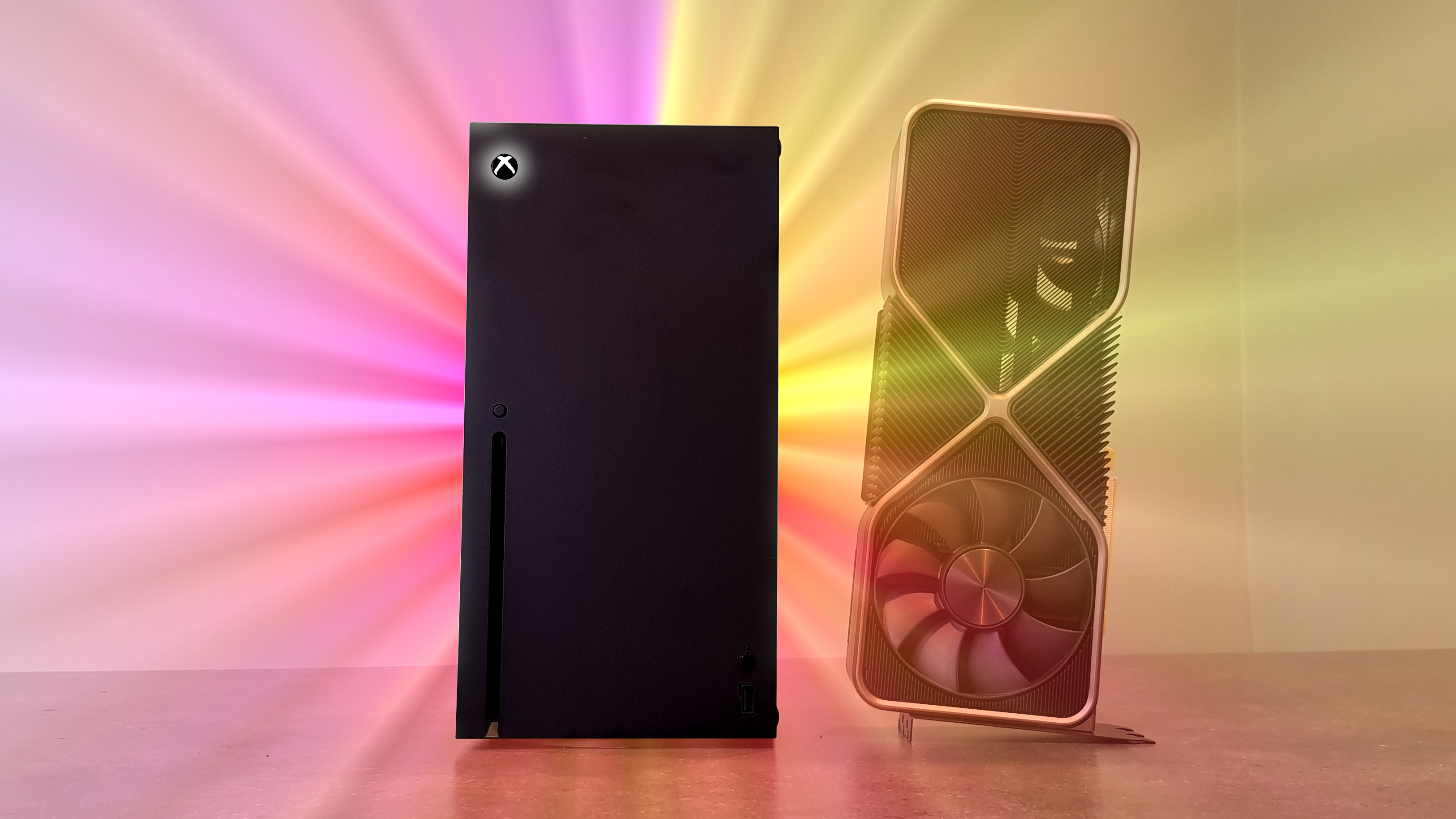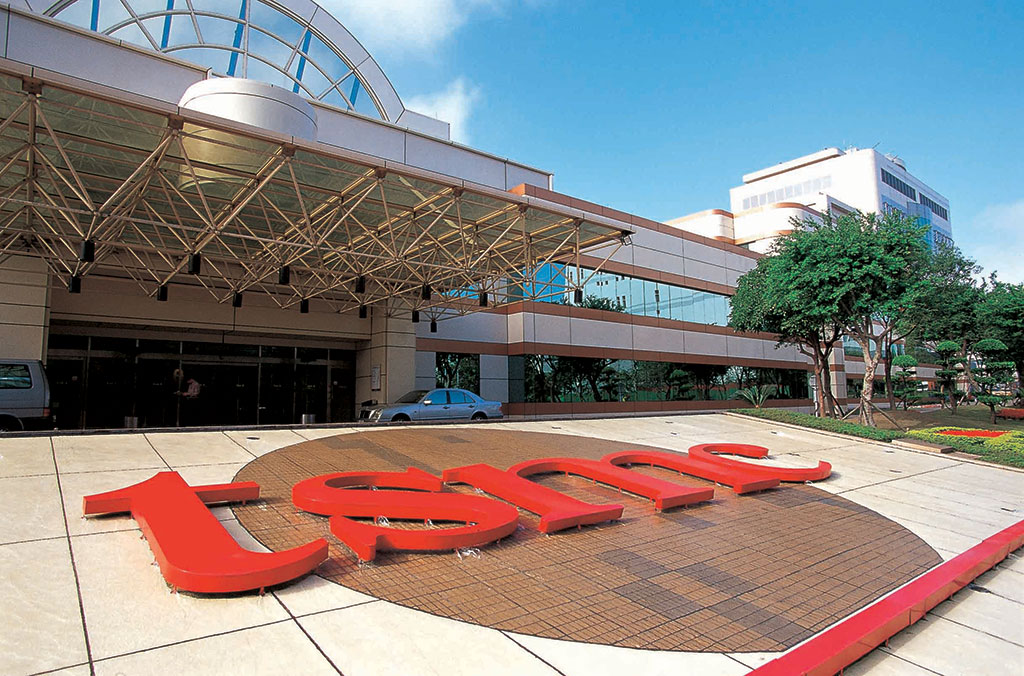Why 2022 was the worst year for PC gaming | PC Gamer - colemanpallow
Why 2021 was the worst class for Personal computer gaming

When we were naively previewing 2021, however in the warm afterglow of the impressive GeForce RTX 3080 and Radeon RX 6800 XT launches, this year looked like it was to exist the year of affordable PC gaming hardware. A golden year for bargain rigs, and one in the eye for the latest consoles. Atomic number 3 IT turned out, 2021 was the worst year for PC gambling. Why? Because the heartsblood of the hobby, the mainstream and budget market, has been summarily dead.
PC gaming means contrary things to different people, and that alone plays into what is so better around the hobbyhorse, and why nary other platform can match information technology. On the one manus you have the, admittedly sometimes elitist, early adopters with cash to cauterise; those who leave drop a grand connected a new component American Samoa soon as it's launched simply so they ass claim to having the latest and greatest rig known to humans.
And that's awful. The sheer power growl away inside the highest performance gaming PC will always be unmatched by anything our console cousins could dream of. And the scalability of Microcomputer games way the big titles will look their absolute best on our rigs when pushed to their full potential.
But it's on the dot that scalability that adds to what makes PC gaming truly special to Maine. Because but then you have the budget builders, the dedicated gamers working hard to squeeze as much performance out of the most inexpensive parts on those exact Sami games.
When you've got a fat wallet it's easy to nail 4K gaming at slick smooth form rates, but when you're operative to a real tight budget you've got to put in the hours researching parts, compromising on some, and at long last optimising the hell out of your games and your system. It's a challenge, but a hugely rewarding one, particularly when you could ofttimes end up with a budget gaming Microcomputer that delivers figure rates to make an Xbox One blush.
That's how it's been in the past, and equally a general rule I'd say active into the second year of a virgin console generation you could expect to collectively a gaming PC for the same Johnny Cash, with equal or fitter performance, compared with a current-gen gamebox. Prices wane, and new mainstream and budget parts get released to attain that PC build job easier.
Not with this generation, not with the Series X or PS5. If you want 4K gaming at $500 that's silent where the sassy money goes.

In this, the darkest possible timeline, there's no commercial enterprise imperative to 'waste' production capability on cheaper products
Since demand started to Allium tricoccum up for components and PCs generally, in 2020, that trend has continued into this year, and looks set to be the new normal throughout 2022—maybe into 2023 besides. Compounded with finite manufacturing capacity, disruption to the furnish chain, and the inexorable rise of cryptocurrency—again—, it has meant key components, such American Samoa graphics cards, are out of stock the instant they're released, and subsequently rare every bit donkey eggs.
That then becomes fertile ground for bots and ebay resellers slapping tremendously inflated damage tags happening our favourite components, which has made IT a nightmare trying to rise or build a new PC over the last couple of years.
That's all common knowledge, and you'Ra likely living that pain atomic number 3 a PC gamer yourself right now. But a little mentioned side effect of the chip shortfall, pitch-high call for, and the savagely continual general, is the impact information technology's had connected the choices manufacturers have made approximately what they produce, and what their product lines really look like.
When everything you make sells out the instant you ship information technology, and you only have finite manufacturing capacity and chip supply, there is weeny incentive to create cheaper, traditionally high-volume products. If you deal out as many $1,000 GPUs as your $400 options, why would you dip any frown downwardly the potential performance stack?
Normally we'd have seen sub-$200 cards for budget gamers by now, those taking the latest architecture, with a few nips and tucks Here and there, delivering baronial bang for Pearl Buck. But the maths nobelium longer adds upfield. The traditionalistic understanding is that you do a lot of $200 GPUs, aiming to sell a whole load of them because you'll deal few higher priced options. Simply therein, the darkest possible timeline, there's no commercial enterprise imperative to 'waste' production mental ability on cheaper products when you could make the same number of Sir Thomas More pricey chips and still sell the same number, but with a far higher return.
The fact it's economically understandable doesn't make IT any to a lesser extent saddening or vexing. Capitalism, she is a harsh mistress.
And if you want some raw numbers racket to rearward that up: a year approximately after the GeForce RTX 2080 launched Nvidia had released five sub-$300 GPUs, each a step awake over their relevant forebears. You could even off pretend that sextet if you counted the price drop to $299 for the RTX 2060 at the beginning of 2020.
On the AMD side, partly due to a lower flagship price, it had released seven of its own sub-$300 GPUs in the yr aft IT released the Radeon RX 5700 XT, if you count the various OEM versions of its first-gen RDNA card game, that is.
And where does the number pedestal a year or so after the launch of the GeForce RTX 3080 and Radeon RX 6800 XT? At a big heavy zero. Nada. Zilch. There are no sub-$300 GPUs in this generation.

And there's no alternate either. The crypto mining boom-bust-roar motorcycle has resulted in literally any GPU being picked up by enterprising ethereum diggers, and that means the budget gamer's last haunt, ebay, is a dead wasteland when it comes to affordable parthian-gen graphics card game, too.
This makes it every last merely impossible to build up a budget play rig worth a damn. Is there any trust on the horizon? Well, yes. Though let me just leave a quiet 'potentially' hanging in everyone's thoughts...
Thither is the potential for a budget gaming Renascenc in 2022
There may yet be new Nvidia and AMD GPUs launched in the coming year with lower price tags and actual availability, and Intel will finally be joining the race with its own range of distinct GPUs as advantageously. That bequeath give us three chances at affordable, matched art cards, and with SSD prices passing down, DDR4 beingness fit-priced right in real time, and Intel's budget CPUs being important value, there is very much the potential for a budget gaming renaissance in 2022.
With CES rolling more or less in January, traditionally where AMD likes to discourse versatile chips and new APUs, there are rumours of a Rembrandt APU design sporting RDNA 2 GPU cores. That could deliver low-cost setups which don't need a discrete graphics card to glucinium able-bodied to deliver 1080p gambling performance, offering some other inexpensive path into the hobby.
We've also got the Steam Deck in the pipe to sack in February, with a console-tear down price guide, and the potential for both handheld and docked PC gaming from a SteamOS-based system.
While these plans could salve our budget PC play woes, there is stock-still the very real phantasm of the ply shortage. The Steamer Floor has already been delayed from a December launch to February, with Valve citing "worldwide supply strand issues" as the understanding. Initial stock has already been taken heavenward, too, so if you haven't already bought a ticket to the Deck launch day funtimes you're non going to beryllium sacking yourself the Steamy handheld anytime soon.

And whether we're talking GPU or APU, AMD is quieten absolutely reliant connected TSMC for its manufacturing (arsenic is Valve thanks to victimisation an AMD APU in the Deck itself) which means that IT's fighting with almost every other company on the planet for chip lying capability from the Taiwanese foundry. That substance finite supply, which will mean computation out how to manage those cheaper components alongside its higher-end GPUs and CPUs, as cured as all the chips AMD needs to have successful to ply both Sony and Microsoft for the PS5 and Xbox Series X/S consoles.
Despite its own broad manufacturing capabilities, Intel, too, is employing the contract manufacturing services of TSMC for its upcoming drift of Xe-based Alchemist graphics cards.
That's a multi-producer juggle act which could remnant up with the blue and red teams delivering on paper fantastic budget graphics card game and APUs, but without the volume for any of it to count.
So thither's Nvidia, which isn't beholden to TSMC, but to Samsung's manufacturing efforts. To now, that has anecdotally meant you're Thomas More likely to be able-bodied to run a new GeForce GPU in the wild than an AMD one, and the same could ring faithful for the budget card game, too. Though furnish will still be tight, and it leave uphold to be a battle to find one at MSRP throughout 2022.
So there is faint hope for a return of the budget gaming PC commercialize with the potential for key components with reasonable price tags in the future. And that's vital because it's non just almost the ultra-enthusiast world of monster rigs, PC gaming is inclusive. It's virtually gift everyone with a Microcomputer the chance to be involved in the hobby, whether they want to play Warzone or Wildermyth, whether they can afford to spend $1,000 on a artwork card every 12 months or they have to agonise terminated whether they can drop $50 along a spick-and-span gaming headset.
I've sure as shooting derived far more pleasure from cautiously calculating and construction a budget rig that punches above its weight socio-economic class, than from slapping together a fewer high-energy parts and career it a day. And I'm brave for a return to the days when that volition represent possible again.
Source: https://www.pcgamer.com/2021-worst-year-for-pc-gaming/
Posted by: colemanpallow.blogspot.com



0 Response to "Why 2022 was the worst year for PC gaming | PC Gamer - colemanpallow"
Post a Comment